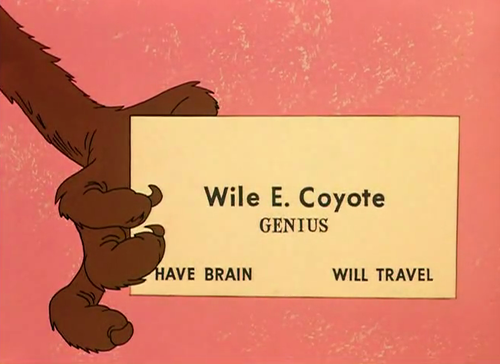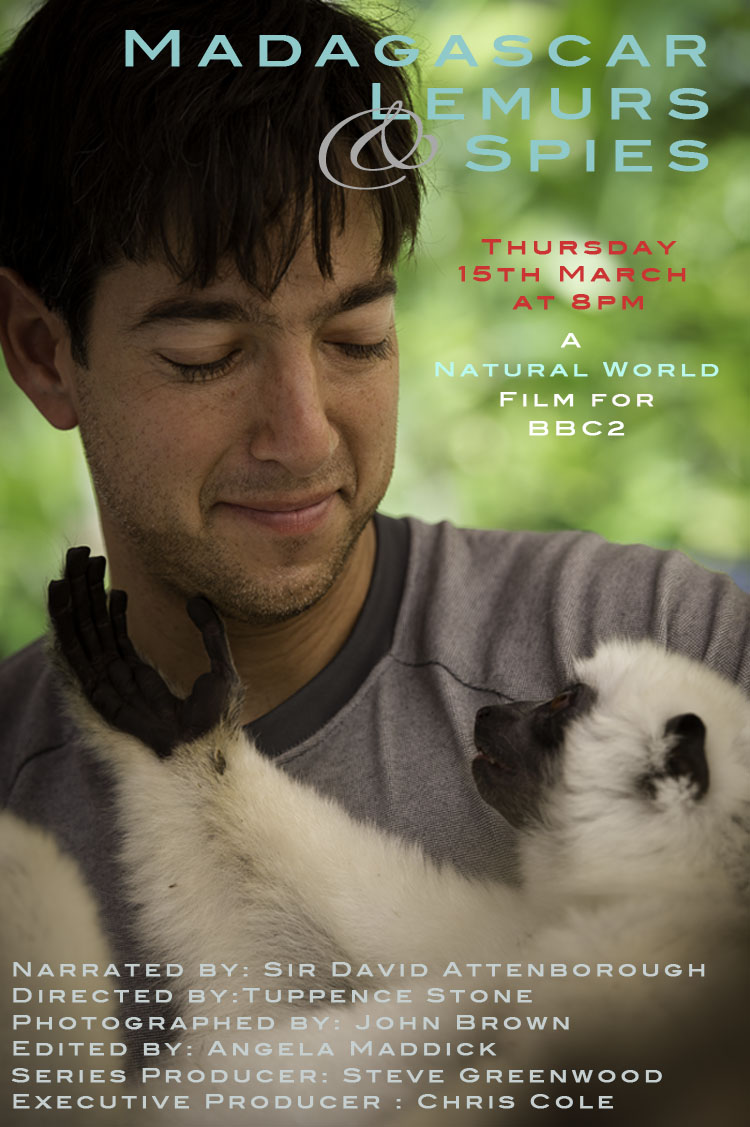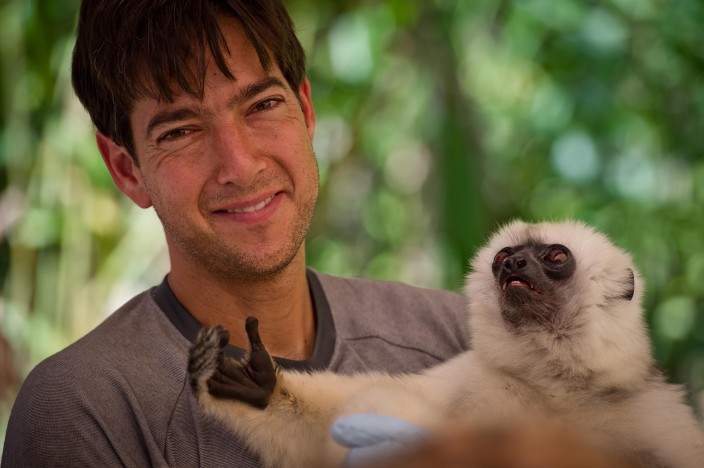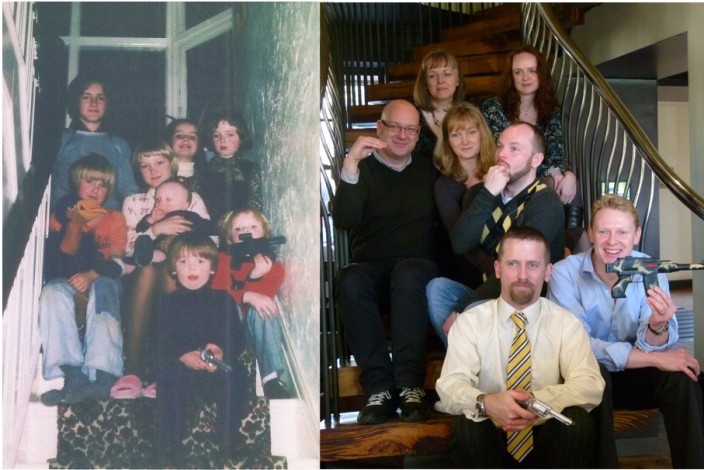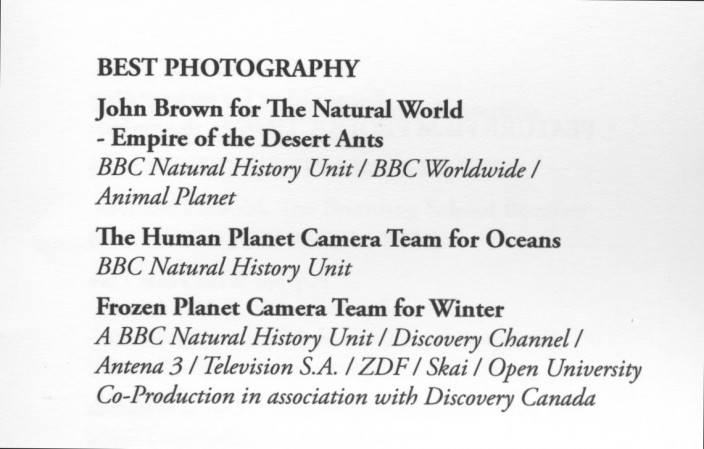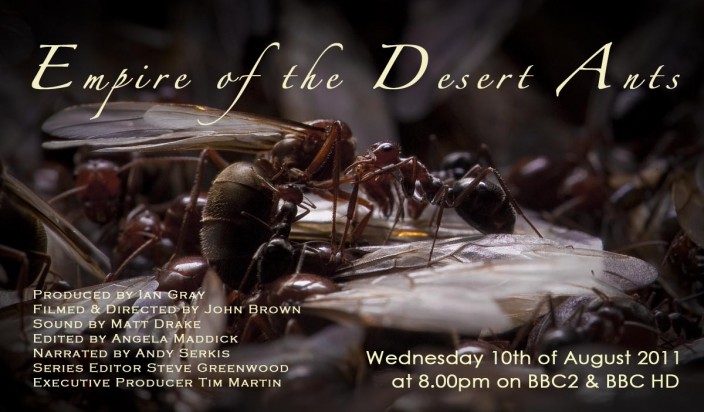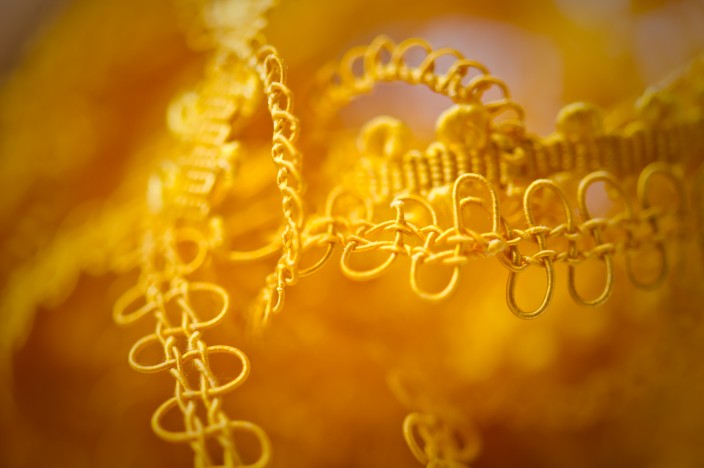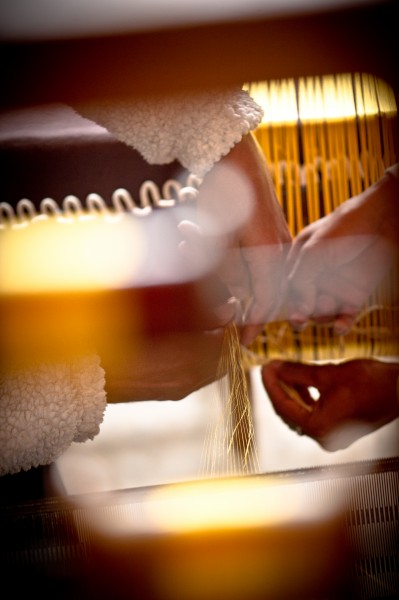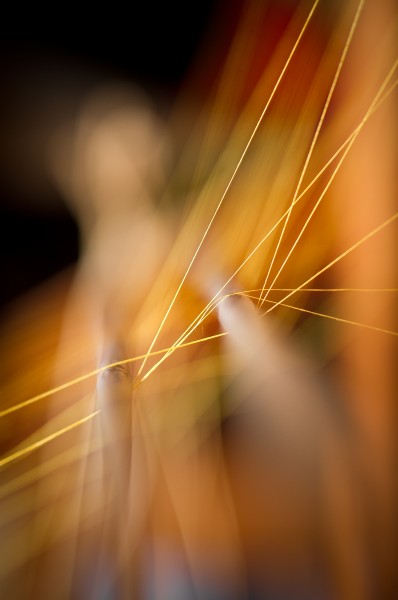 So, I still have unfinished business with the wolf packs of Anchorage, five years ago we put a huge amount of effort spread over a year to get one shot of a wolf, and this time it was a complete no show, but not for want of trying …
So, I still have unfinished business with the wolf packs of Anchorage, five years ago we put a huge amount of effort spread over a year to get one shot of a wolf, and this time it was a complete no show, but not for want of trying …
We had a pretty amazing set up; two remotely operated cameras that could pan, tilt, zoom, focus and switch to infra-red, sending images down fibre optic cables to my hide, infra red lights, one (subsequently two) dead moose, snacks, coffee, handwarmers, and a few hundred square miles of wilderness that contained some wolves.
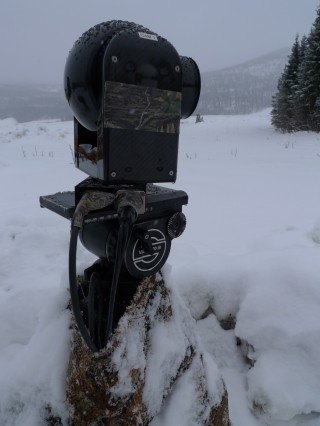
One of our remote cameras; at about -20C they, and I, stopped working properly
We had been given permission by the US army to set everything up on an unused firing range on their huge facility outside Anchorage, it was the perfect location – accessible but wild – and the guys on the base were super helpful, if rather bemused at our plans to plonk a dead moose in the snow and wait and see what turned up. My old friends Rick and Jessy from the Alaska Department of Fish and Game provided the moose – there are always some individuals that die in town each year which need to be removed, winter is extremely tough for moose and natural mortality can be high, especially for pregnant females or bull moose that enter the winter in poor condition after the rut.
When we arrived Rick and Jesse had already delivered a moose, christened ‘Lucky’, which was attracting scavenger attention. Everything looked set.
It took a couple of days to rig the area, running all the control cables and fibre optics back to the firing range control tower where I was going to spend my time, then the waiting began …
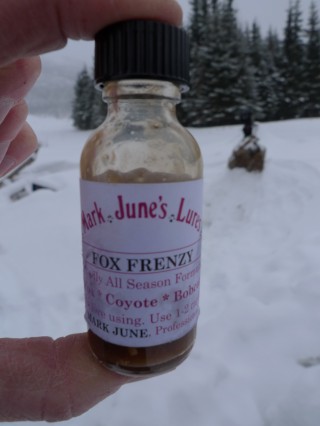
Mmm ... Fox Frenzy ... apparently designed to lure in anything with four legs, didn't work for the wolves but put a certain spring in my step
It was one of the more peculiar ways to spend one’s time. Spending night after night (and sizeable chunks of the day) confined to my little tower, not knowing if the animals I was hoping to film were 20 metres away in the trees or 20 miles away. I couldn’t move, and it was cold. It got down below -20C a couple of times, but regularly between -10C and -15C, time, cold and darkness does strange things to ones mind!
I’d have a super hot bath before setting off and stuff my boots and gloves with handwarmers, build up layer up on layer of fleece, down and other thermal goodies , but eventually you get really really chilly. The nights were especially weird, no light to read by, no power to run the I-R lights constantly (the whole setup was run off massive truck batteries) so all I could do was peek out a tiny crack in the tower window into the gloom to see if I could make out any shapes in the snow. I’d curl up like a hibernating doormouse to try to keep warm and drift off into weird cryogenically altered states of consciousness, convinced that a pack of salivating wolves was approaching.
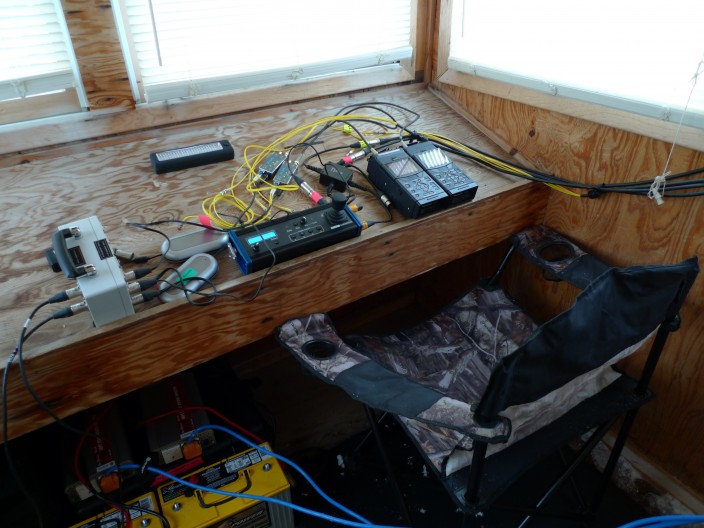
Mission control, no, I don't know what any of this stuff does either.
But it was not to be. There were tracks reported about 5 miles to the south of where I was, I saw tracks across the highway about 3 miles north of our set up, and I even thought I saw wolf tracks in very soft snow within a mile of our dead moose one night but they didn’t visit the carcass.
There were several factors working against us; record-breaking snowfall meant that the moose were really struggling – near starvation and super deep snow would have made it very easy for wolves to pick them off, so the wolves were probably not particularly motivated to visit our carcass. There had also been a major cull of wolves in the area last year, mainly due to the fact that the pack to the north of where I was had become increasingly bold, chasing people and eating pets, and there had been great public pressure to ‘manage’ them. Probably the main factor was time and the innate wariness of wolves, they would have eventually fed on the carcass (they are probably chewing on it right now!) but no matter how cautious you are they have an almost supernatural ability to spot when something has changed or doesn’t quite ‘feel’ right, they can bide their time but unfortunately we had to come home.
We got some really lovely coyote, raven and eagle behaviour on the carcass, so it wasn’t all in vain. The ravens where (as always) especially fantastic; creeping round behind bald eagles to tweak their tailfeathers in a manner that suggests that there is something deep in raven DNA that compels them to wind up eagles.
The rest of the shoot was great; lovely moose behaviour and snowy scenery, a fantastic day filming a dog musher and actually having a go at driving a dog team, and a great day filming the start of the Iditarod dog race (1,000 miles from Anchorage to Nome). Next trip is South Africa to film giraffes … it’s a strange life.
